Pick up the new Fujifilm X10 and you’ll feel like you have a real camera in your hands. Not a point and shoot. Not a digital camera. A camera. Maybe even a rangefinder, if you’re old enough to remember that term.
When I first saw the X10 last fall at the PDN PhotoPlus Expo, it was love at first sight. Eventually, I got one to try out, and by the time I was supposed to send it back, I’d already decided to buy it. After about two months of use, here’s my review and my thoughts on this fantastic little camera.
First, let me qualify my remarks. This is the first modern point and shoot camera that I’ve ever owned. The last one I had was my ice cream sandwich shaped Kodak 110 Instamatic. Ever since then, I just never justified getting a small camera. The cheap ones had too much shutter lag and low quality to be of much use, and really good ones cost more than my Nikon D700. Eventually, my iPhone became my point and shoot.
Don’t get me wrong, iPhoneography is so much fun, but in the end, it’s just not the same thing as using a real camera, much like strumming chords on the iPad is not the same as plucking strings on a real Stratocaster.
However, times have changed. Sensors are bigger. Shutter lag is gone. The age of high quality small cameras has arrived.
Basic Specs and Features
First, a brief list of the main features and specs found on the Fujfilm X10. Then we’ll move onto details. (Visit the Fujifilm site for complete specs.)
- 12MP 2/3″ EXR CMOS digital sensor
- Bright 7.2-28.4mm f/2.0-2.8 lens, (equivalent to a 28-112mm on a 35mm camera.)
- 4X Optical Zoom
- Optical viewfinder
- 256-zone TTL Metering, with Multi, Spot and Average metering patterns
- Program, Shutter, Aperture, Manual, multiple Auto-Exposure & Custom modes
- JPEG, RAW (RAF format) and RAW + JPEG
- Maximum resolution of 4000 x 3000 pixels
- Super Macro – Shoot as close as 1cm
- Continuous shooting up up to 10 fps. (7 fps at full resolution.)
- Intelligent flash that can also trigger remote flashes and strobes
- Full HD 1,920 x 1,080 video
Design and Feel
Like I said, the Fujifilm X10 looks and feels like a real camera, because it’s built like one. Made from die-cast magnesium and finished with a textured synthetic leather covering, the X10 carries a simple, yet rugged, classic design that makes it look much more like a Lieca than a Coolpix or a Powershot.
The top deck features a real, threaded cable release ready shutter button, (when was the last time you saw one of those?) and two metal dials, one for exposure mode, the other for exposure compensation; +/- 2EV in 1/3 stops. It also has a hot shoe that will accept one of Fuji’s dedicated flash units, the EF20, or the EF42, as well as built-in pop up flash.
The back of the X10 features a 2.8″, 460,000 pixel LCD screen with 100% coverage, two command dials, multiple button controls AND an optical zoom viewfinder with 85% coverage and diopter adjustment.
Obviously, the Fuji engineers worked closely with the design team, because in your hands, all the controls feel like there where they should be. Even turning the camera on is a satisfying event; you simply remove the metal lens cap and turn the zoom dial on the lens. As soon as you hear the smooth mechanical click, the camera comes to life.
Ease of Use
If you want to use the X10 as a fast, point and shoot style camera, it’s all there. You can turn the exposure dial to “Auto,” zoom the lens as designed and shoot away. Either use the LCD monitor or the optical viewfinder. If you’ve got a tricky lighting situation, such as snow or exceedingly dark subject matter, you can adjust the +/- EV dial with your thumb and quickly compensate accordingly.
If you need a flash, pop it up and blast away. It does TTL quite well, and will light up subjects as far away as 22 feet. When you’re ready to see your shots, hit the green “Play” button and scroll with the command dial. To delete shots, hit the “Trash” button, scroll and hit “OK” to confirm. Easy as pie with whipped cream and a cherry on top.
Going Deeper
When you start digging in a little deeper, you’ll find that the X10 is actually a very full featured camera that has an extremely wide array of creative and technical options built right in. The Fujifilm team packed so much in there, that I’ve had the camera for over two months and I still don’t know everything that it can do. It offers full manual control in just about every single of the entire picture taking process. Here are the main features.
Exposure modes: Program, Shutter, Aperture, Manual, two Custom modes, EXR, Auto, Adv (Advanced), SP (Scene Position) and Video, along with three metering patterns. (See what you can do with Manual mode and the spot meter.)
EXR mode is designed to optimize clarity, noise reduction and enhanced dynamic range. The camera automatically selects the exposure based on a preset series of shooting conditions, such as Landscape, Sunset, Snow, Sky, Portrat, Night, High Resolution, High ISO, etc… From what I’ve seen, the X10 does a pretty good job of selecting an appropriate scene and make the necessary exposure decisions. In EXR mode, you can also manually choose Resolution Priority, High ISO & Low Noise, or D-Range Priority, which increases detail in visible highlights.
Adv. Advanced Mode lets you choose between Motion Panorama 360, (lots of fun!!) Pro Focus, (short telephoto, soft background, bokeh effect for portraits or macro) and Pro Low Light (reduces noise.) In all three modes, the camera takes multiple exposures to combine or stitch together to create the final image.
I’ve used all of these modes, and they work great, especially the Panorama 360 mode, which lets you select the angle of your panorama (120, 180, 300 or 360 degrees) and the direction of your pan (left-right, right-left, up-down or down-up for vertical pans.)
SP Scene Position mode lets you choose between a wide variety of “auto” scenes, such as those commonly seen on enthusiast class DLSRs like Portrait, Landscape, Sunset, Beach, Sport, Night, Night (Tripod) and Fireworks. I haven’t really tried these modes in real shooting applications, but I imagine that they do a fine job.
ISO: 100-3200 at full resolution in 1/3 stops. In M image size (2816 x 2112) you can shoot at 4000, 5000 and 6400. In S (2048 x 1536) you can go all the way up to 12800.) The recommended setting is 400(AUTO) which limits the ISO to no higher than 400. This is adequate for general shooting. The camera also has 800(AUTO), 1600(AUTO) and 3200(AUTO).
I found that using ISO 100 is the only way to get the X10 down to a 30 second shutter speed. At ISO 200, the max slow shutter speed is 15 seconds, and at ISO 400, it’s 8 seconds. Max shutter speed on the X10 is 1/4000 sec.
Film Simulation lets you apply a classic FujiFilm look to your images. Choices are Provia (standard) Velvia (yes!!) Astia, (softer color tones), four Monochrome modes and Sepia. The effects are subtle; it’s not Instagram, and there’s no HDR mode like some newer cameras have, but it’s enough to have fun.
WB Shift allows you to adjust the white balance of your images by making incremental steps to the red/cyan or blue/yellow axis. I haven’t found a need to adjust the WB in any of my shooting. The X10 also has a standard WB selector, much like most DSLRs.
Focusing: The X10 has a 49-point AF matrix spread across nearly the entire frame, and three focus modes: Single AF, Continuous AF and Manual. Most of the time I leave it on Continuous AF for both moving and non moving subjects, although I do like the Single AF to manually select the focus zone just about anywhere in the frame (Area mode). Single AF also lets you do auto Multi center weighted focusing. Or you can use Tracking to follow subjects across the frame.
Manual focus works, but it’s not very practical. You have to spin the command dial on the back and it takes a very long time to get from close to distant focus. The X10 also features both AE and AF lock buttons, as well as an AF assist lamp for low light scenes. Overall focus is pretty fast and plenty smart, especially for a camera of this size.
Macro: Macro on the Fuji X10 is AWESOME! It’s one of the first things I loved about this camera. There are two Macro modes, and the Super Macro mode lets you focus down to 1cm. That’s WAY close. Closer than anything I can do on my Nikon lenses. I’ve already had tons of fun with this one!!
Combined with Single AF, the X10’s great macro capabilities allows for exceptionally creative close up photography.
RAW: To shoot RAW on the X10, you simply press the RAW button the back of the camera. This designates the the next picture you take will be in RAW, or RAW + JPEG, depending on what you select in the shooting menu. The X10’s 18.87 MB RAW files are now recognized in Adobe Lightroom, but quite honestly, it’s on-board JPEG processing is so good that you’re not going to notice very much of a difference.
The X10 does have an internal RAW converter as well, which lets you process a RAW capture and save a corresponding JPEG image right inside the camera. I’ve only tried this a couple of times and I have to say, I’m pretty impressed by what it can do. It’s not Photoshop, but if you are shooting RAW on the X10, it certainly saves time.
I haven’t shot RAW with the X10 very much, but what I’ve found is that the very small difference in image quality is often not worth the increased file size and additional processing and computer time. This from the guy who says you should always shoot in RAW!!
I suppose that there are situations when the additional processing might be needed, whether you do them on or off camera. However, in most cases, JPEGs from the X10 are good enough for just about anything you’re going to do with them.
Continuous Shooting: The EXR sensor on the X10 has an extremely high read and processing speed, which enables the camera to shoot at a maximum burst rate of 3, 5, 7 or 10 fps (up to 7 fps in full resolution). Remember the days of shutter lag? Gone, baby gone! That a compact camera can fire at these kinds of speeds is hands down impressive. Fast action sports with a point and shoot? You got it.
Flash: The normal mode flash on the X10 does TTL and it works fine. You also have the option of selecting Rear Sync flash as well. Depending on what exposure mode you’re using, you can force the flash to fire, or leave it up to the camera to decide when to fire the flash.
The X10 also has a Remote Flash option, which lets you use the pop-up flash on the X10 to trigger other lights. THIS IS A GREAT FEATURE! It really works too. I can put my Nikon SB-800s and 900 in SU-4 optical slave mode and trigger then remotely from the X10, and it even works with my Photoflex TritonFlash. Talk about Going Fast With Light, I could just take along the Fuji X10 and a single flash and have plenty of options.
Video: The X10 can shoot in either Full HD (1920 x 1080), HD (1280 x 720) and VGA (640 x 480) at 30 fps. It also has three high speed video modes, 640 x 480 at 30 fps, 320 x 240 at 120 fps, and a cropped screen of 320 x 112 at 200 fps. This allows for a wide variety of creative options.
Here’s an example of what it can do in Full HD.
Image Quality
Image quality in the Fujifilm X10 is outstanding. Fuji has implemented some amazing new technology into their EXR CMOS sensor and dual-CPU image processor that dramatically improve clarity, resolution, speed and low light performance. As I said above, the JPEGs that come straight out of this camera are simply fantastic, especially in bright, well-lit conditions. The 2/3″ sensor, (8.8mm wide by 6.6mm tall) produces high resolution photographs that are sharp, brilliant in color and contrast. When things get a little darker, or lower contrast, grain creeps up a little bit, but not too bad.
Keep in mind, though, that this is not the X100, and it’s certainly not the X-Pro 1, which costs nearly 3x as much, or a DSLR for that matter. Are there cameras out there that have better quality? Yes. That said, the shots that come out of the X10 are certainly suitable for prints, web publication and most sizes of professional print publication. In fact, they’re better than some cameras that have even larger sensors.
The Orb issue: When the X10 was first released, there seemed to be a problem with the way that the camera rendered specular highlights. Example images often showed large, obtrusive “orbs” of white light that definitely detracted from the quality of the imagery.
I have not had any issues with orbs in my exposures. Highlights have been rendered in an acceptable way, which might mean that early bugs were worked out with firmware updates from Fuji. You can see in the example below that the X10 seems to handle highlights with no problem, this overly bright spot is what you’d expect from direct sun reflecting on a shiny metal surface.
High ISO
Here are a few shots at higher ISO settings. Very acceptable, if not downright impressive results with not much grain for such high settings!
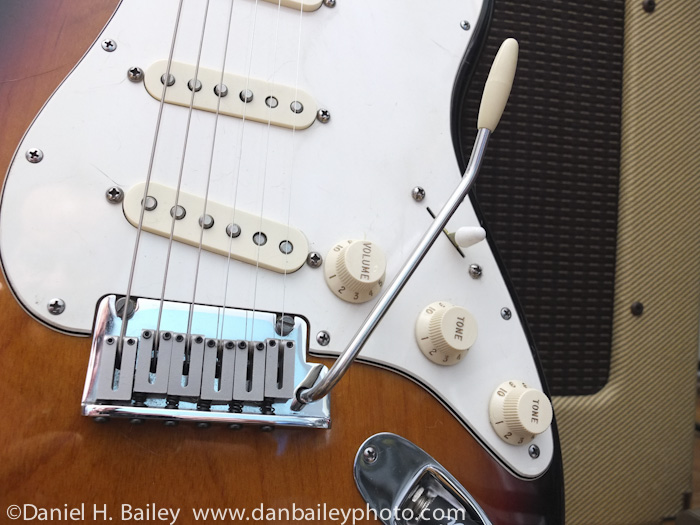
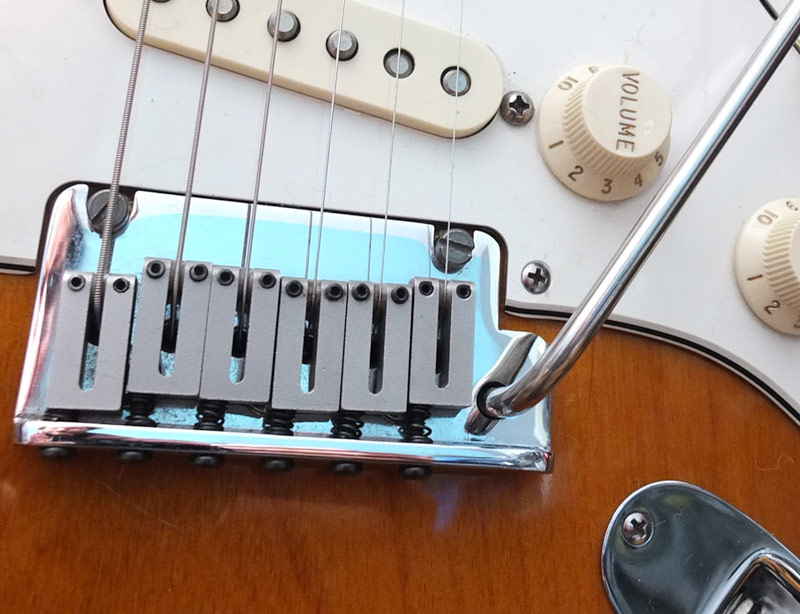
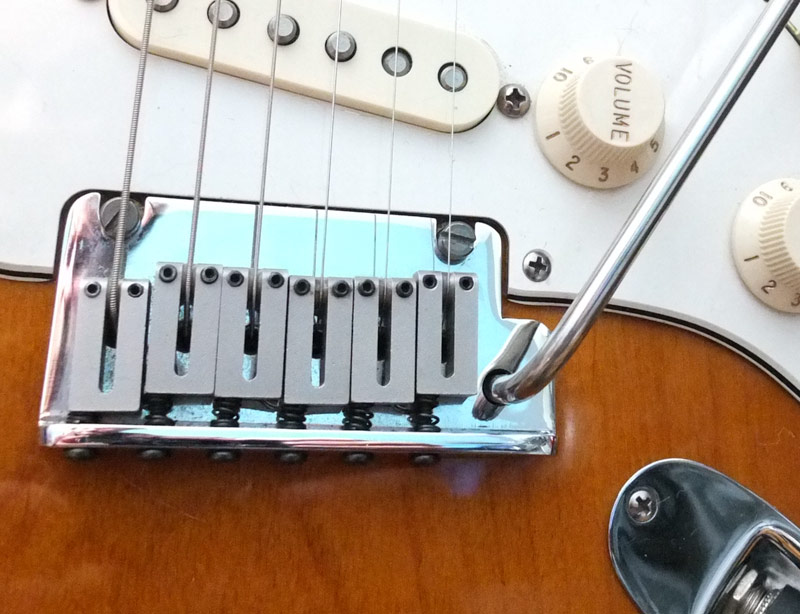
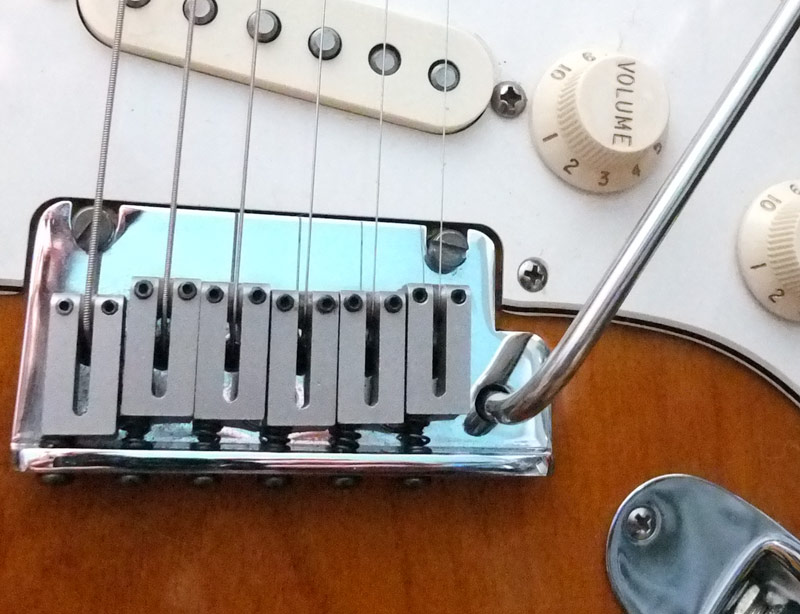
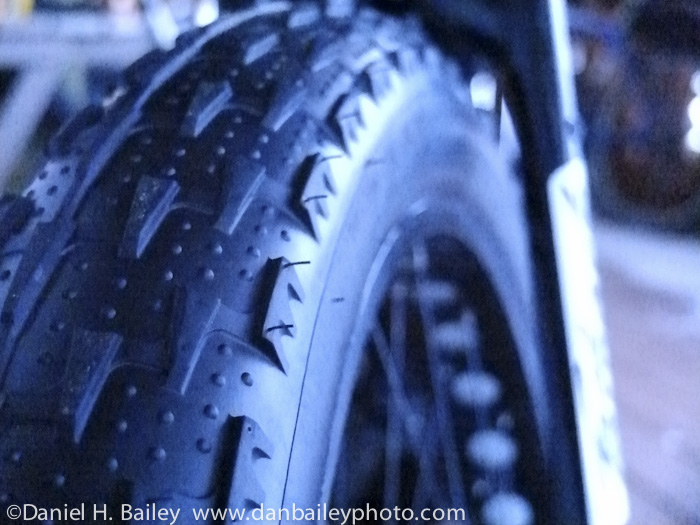
Overall Usability and Ergonomics
Shooting with the X10 is a real pleasure. The camera just feels right in your hands and all the buttons and dials are in the right place. I especially like the incredibly handy +/- EV dial, which I haven’t had on a camera since my old Nikkormat. Even though the X10 exposure meter is very good, if you need EV compensation, it’s right there.
For the most part, the two command dials are well placed and adequate size, although sometimes I have a little trouble being precise with the the sub-command dial, especially if I’m wearing gloves. That said, I’m better with it than I was a month ago.
Overall, I LOVE the Fujifilm X10. I’m glad that I bought it. It’s by far the best little camera I’ve ever owned and I’ve had a blast taking a wide mix of fun shots with the thing. It’s small enough to fit in a jacket pocket, a bike bag, a backpack top lid or any other moderately small space you can think of.
For me, the X10 represents a whole new style of photography, which is taking pictures just for fun. Sketching. Playing, Creating. Enjoying. And, the quality is good enough that if I get something I really like, I’d feel comfortable sending it to a client. I’ve also used it for video. I take it on assignments, give it to the art director or someone else on the shoot so that they can just document the event. This is great for both fun and for PR and I plan to make extensive use of this in the future.
Final Thoughts
For awhile, I debated running down to Costco and getting the Nikon AW100 as my main compact camera. After all, I’m an adventure guy. Maybe someday I will pick up one, but for now, I decided that I wanted a classic style camera that I’ll feel good about carrying and that’s durable and versatile enough to use in a wide variety of situations.
As I mentioned above, the controls on the X10 are quite user friendly and for outside shooting, they’re easier to manipulate than some of the smaller cameras out there with tiny buttons, dials and touch screens. And besides, even though the Nikon AW100 only costs half as much, I feel that it’s far less than half the camera when compared to the X10.
So far, the only thing that I don’t like about the X10 is that the battery is quite susceptible to the cold. The flat-ish shaped battery has a high surface area for its size, so doesn’t do well when temperatures get down below 20 degrees F. I’ve had the thing die numerous times this winter, but I need to qualify this by saying two things:
One, it’s been a really cold winter here in Alaska, and so I’ve often tried to use the X10 in temps that are colder than 10 degrees F, often below zero. It’s rated by Fuji to operate ata limit of 32 degrees F, so obviously I’m breaking that barrier quite a bit. Also, having never owned another point and shoot camera, I don’t know if this is just the way it is with small cameras. Someone tell me, is this the norm?
Should You Buy the Fujifilm X10?
When buying anything, especially small cameras, you can easily fall into the trap of always justifying the next model up. You think, “I want a small camera, so I’ll get a cheap one.” You then convince yourself that image quality on a cheap camera is not great, so if you’re going to buy a camera, you might as well get a decent one.
You keep talking yourself up, until you’ve finally reached the level of compact cameras that cost almost as much, or more than your DLSR. At some point you have to set a limit and make a decision to stop going up.
Keep in mind that the Fuji X10 is NOT the X100. The X100 has a bigger APS-C sensor , so even though they’re both 12 MP, the X100 produces better quality images. However, it costs twice as much. ($1,200 vs $600.) Also, the X10 has a zoom lens, better video capabilities, 360 panorama, instead of 180 degrees and it’s smaller and lighter. Did I mention that it’s cheaper?
Nor is it as good as something like the Sony Nex-7. However the Nex-7 is a bigger, interchangeable lens camera system. The Fuji X10 is not; it’s a simple, classic compact camera that takes great photos and offers a broad depth of functions and creative options for a fraction of the price.
In my mind, the Fujifilm X10 is perfect for the photographer who is looking for a compact camera to take along when they leave the DLSR at home. It’s the camera that you could take on vacation, out into the street, to family functions, heck you could even do a serious photography trip with just the X10, save lots of weight and still come back with great images, especially when you consider that it offers the same or better quality as whatever camera that you were shooting a few years ago. Its idea for the travel photographer, blogger, professional, enthusiast, minimalist- heck anyone who wants big in a small affordable package.
The bottom line is that the Fujifilm X10 is indeed an awesome little camera. For me, it was love at first sight, and as I get to know it more, the affection is only growing deeper. It’s loaded with usable options, looks and feels great, has a fast, high quality lens, and it’s built to last. The X10 makes me WANT to go shoot FUN photos that aren’t WORK photos. In fact, these days, I rarely leave the house without it.
Overall, with the depth quality and features that the X10 offers, I feel strongly that it’s the best camera in its class. Sure, it costs more than some cameras, but in the end, you get what you pay for. Sure, it’s not a small as some point and shoots, but hey, the X10 is not a point and shoot.
It’s a camera.
[iframe]<iframe src=”http:///e/cm?lt1=_blank&bc1=000000&IS2=1&bg1=FFFFFF&fc1=000000&lc1=0000FF&t=danhbaisadvph-20&o=1&p=8&l=as4&m=amazon&f=ifr&ref=ss_til&asins=B005KBB79C” style=”width:120px;height:240px;” scrolling=”no” marginwidth=”0″ marginheight=”0″ frameborder=”0″></iframe><iframe width=”120″ scrolling=”no” height=”150″ frameborder=”0″ style=”border:none;” border=”0″ padding=”5″ src=”http://mer54715.datafeedfile.com/widget/aff_widget_prdt_generate-2.0.php?aff_num=6746&aff_net=1&widget_num=749″ marginheight=”0″ marginwidth=”0″></iframe>[/iframe]
See more examples of my X10 photos below, or check out my Flickr Photostream.





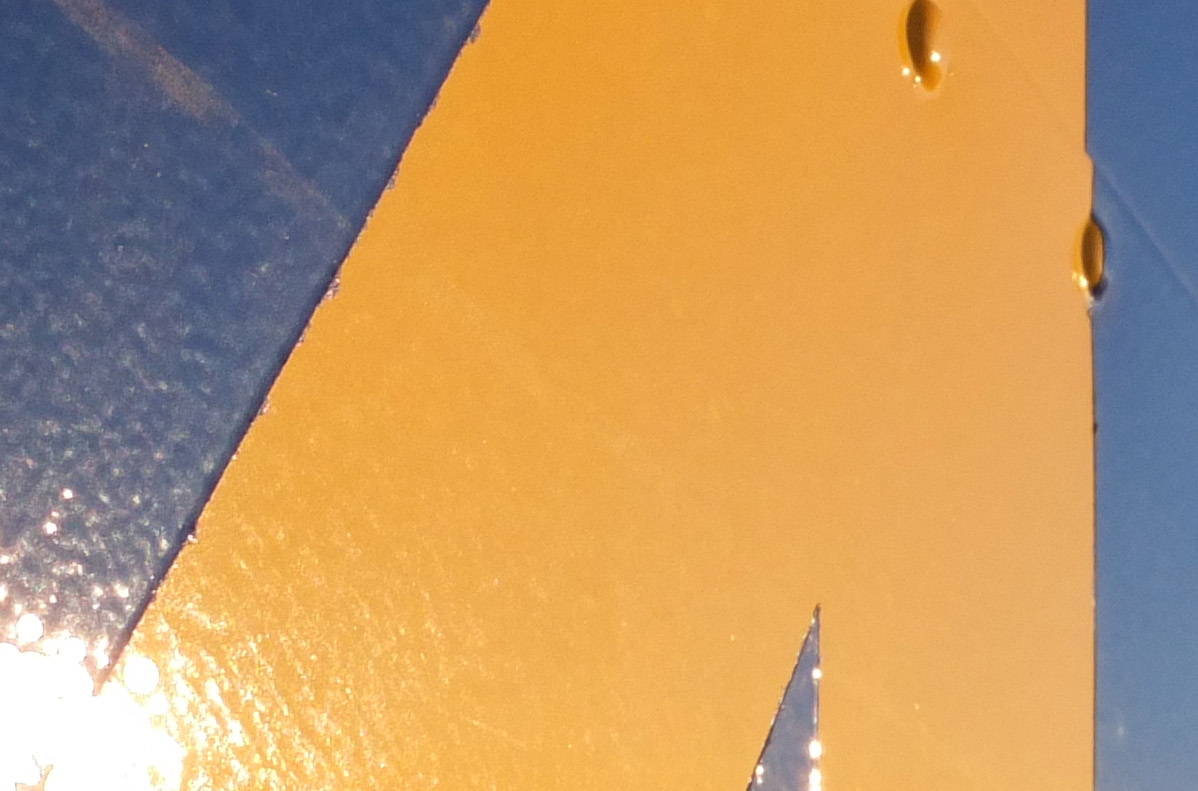








Hi Dan,
I am sorry to bug you with this question (you probably know what’s coming!) – I would LOVE to buy one of these cameras, I have been waiting for years for a camera of this design/specification and would have bought one already had it not been for the reviews regarding ‘orbs’ – have you had any experience these blown highlights? I need to hear from a real user the real world impact of the orb problem!
Thanks for your time,
Phil
Phil, I have read about the X10 “orb” issue, but in my experience with the camera, this has not really been an issue. Here’s an X10 photo that has a strong specular highlight, and as you can see, it’s certainly not out of bounds from what you’d normally expect to see from a scene like this. Perhaps they fixed the “orb” issue in later versions of the camera’s firmware. I’d say go ahead and get one, you’ll love it!! Thanks so much for reading. – Dan
[…] it was rather nice to leave all of my Nikon gear at just walk around with my pocket sized Fuji X10 […]
[…] compact camere reviews, check out my writeup on the Fuji X10 and my look at the new Nikon 1 J1 Share Don't leave yet! Stick around and check out some of these […]
[…] couple of weeks, I’ve veered away from DLSR land and explored a few compact cameras with my full review of the Fiji X10, my writeup of 4 rugged adventure point and shoots and my look at the new Nikon 1 and it’s […]
Thanks for your Fuji X10 review.
I would like to use long exposure times on my X10 for evening photography.
You said that you were able to get a 30 second shutter speed on the X10 by using an ISO of 100. With every combination that I can think of with RAW, jpeg, Dynamic Range, ISO, shutter priority or manual, the longest exposure time that my X10 will reach is 1/4th of a second. I bought my camera in March 2012.
If you could let me know what I might be missing, I would appreciate it.
Thanks,
Tim
Tim, I’ll admit, it’s a little tricky to figure this out. I had to look online myself to get the answer.
Set the camera ISO setting to 100, then switch to either shutter priority or manual mode. You can then set your shutter speed to any setting down to 30 seconds. The key is that you can’t use EXR or any of the auto modes, otherwise you can only get down to 1/4 second. Try this and let me know if it works for you. -Dan
[…] For more information and a rundown of all the features on this camera, read my full review of the Fujifilm X10. […]
Hi Dan,
Thanks for your response. You are correct; the shutter speed on my Fuji X10 can slow to 30 seconds when set to shutter priority. When I was first looking at my camera, the longest shutter speed I could get was 1/4th of a second. That was because I was inadvertently in automatic exposure bracketing burst mode. Oops. All I had to do was switch to single shot mode.
Thanks,
Tim
Tim, glad you got it all sorted out. There are so many features packed into the Fuji X10 that you really have to delve into it to figure out all its capabilities! Have fun with it. – Dan
[…] we were just out for a fun tour, I went ultralight and took my Fujifilm X10. As you know, my excitement for the X10 keeps growing, and I found it to be a perfectly adequate camera to capture the evening’s adventures. I […]
[…] Read my full review of the X10 here. […]
Hi Dan,
Thanks so much for the detailed review. I nearly bought this yesterday but I had one question that was stopping me I.e. How to manual focus during movie mode?
Kitt, while shooting in movie mode, focus and exposure are done automatically. There is no option for manual focus when you’re shooting video with the X10. Focus tracking is not always perfect, but keeping in mind the price point of this camera, it usually does a pretty good job.
Thanks this really made me buy this great cam
[…] had not told you, would you have guessed that these shots were all made with the X10? Check out my full review of the Fujifilm X10. Oh no… here comes the […]
Do you think one could print an acceptable 16 x 20 print using this camera? Thanks for a great website and review.
Jerry, by the numbers, a 12MP camera should be able to produce an acceptable print size of 16 x 24. Of course, that’s only a guideline and it will vary greatly by the overall quality and sharpness of your imagery. I would think that the sensor technology of the X10 is up to the task, but it will largely depend on things like shutter speed, ISO and your own technical execution.
Hi Dan!
I really have enjoyed your review full of joy of the X10 and the things you can do with it, not just a cold presentation of features and numbers, great style!
Talking about cool pix cams and the like, how would you compare the X10 to the P7100 or the Nikon 1 J1 ?, I got a Nikon J1 a couple of months ago and I’m really impressed with its capabilities, fast, very good IQ, interchangeable lenses, but fewer external controls and hotshoe, etc. I’m looking forward to get an X10, or perhaps wait for the new Coolpix P7700, what do you think?
Regards from Mexico!
Eduardo, the J1 is certainly a great little camera, but what I like about the X10 is that it has more external controls, knobs and dials. With the J1, you have to go into the menu to change anything. The P7100 is a step down, but the new Nikon P7700 looks like a very similar camer to the X10- same pixel count and equal on many features. The X10 has a slightly larger sensor, though, and the P7700 has a slightly longer zoom, but no optical viewfinder. Havent seen the P7700 yet, but I have to think that it will give the X10 a real run for its money. You’d probably be happier with either. Comes down to preference, and if you want the viewfinder vs. a swing arm LCD panel. -Dan